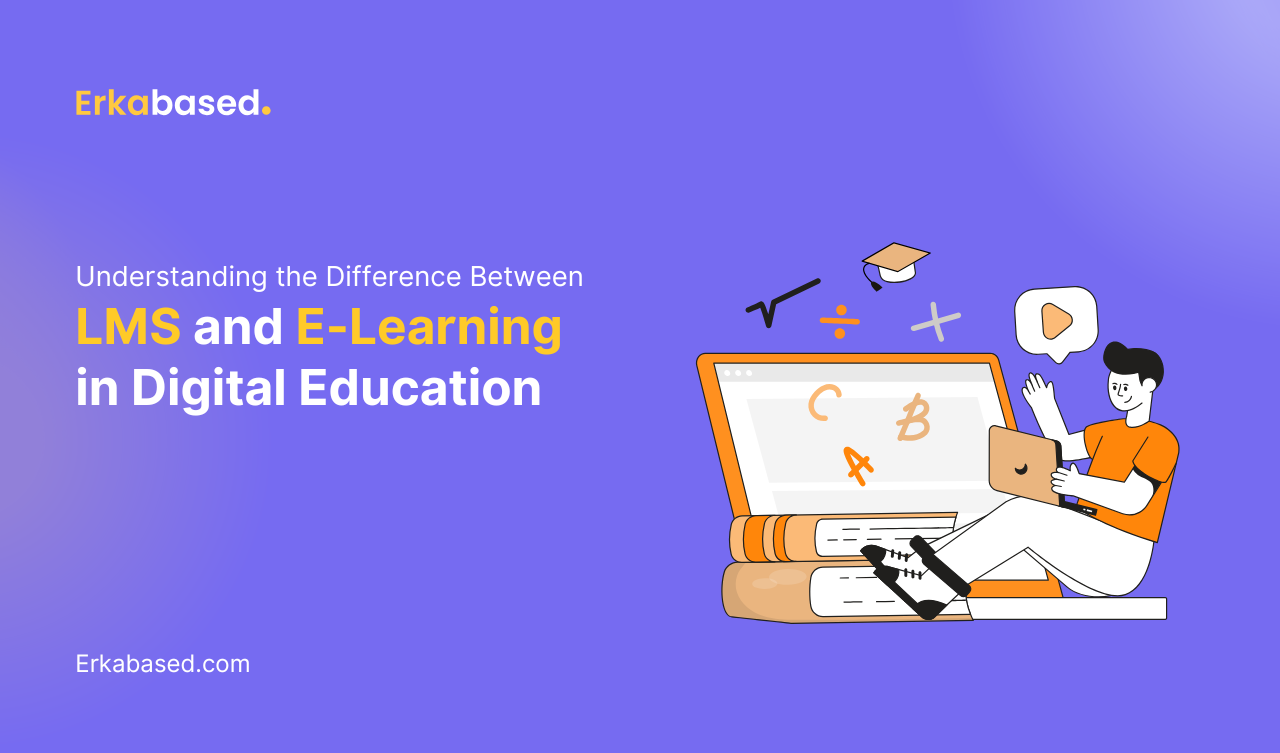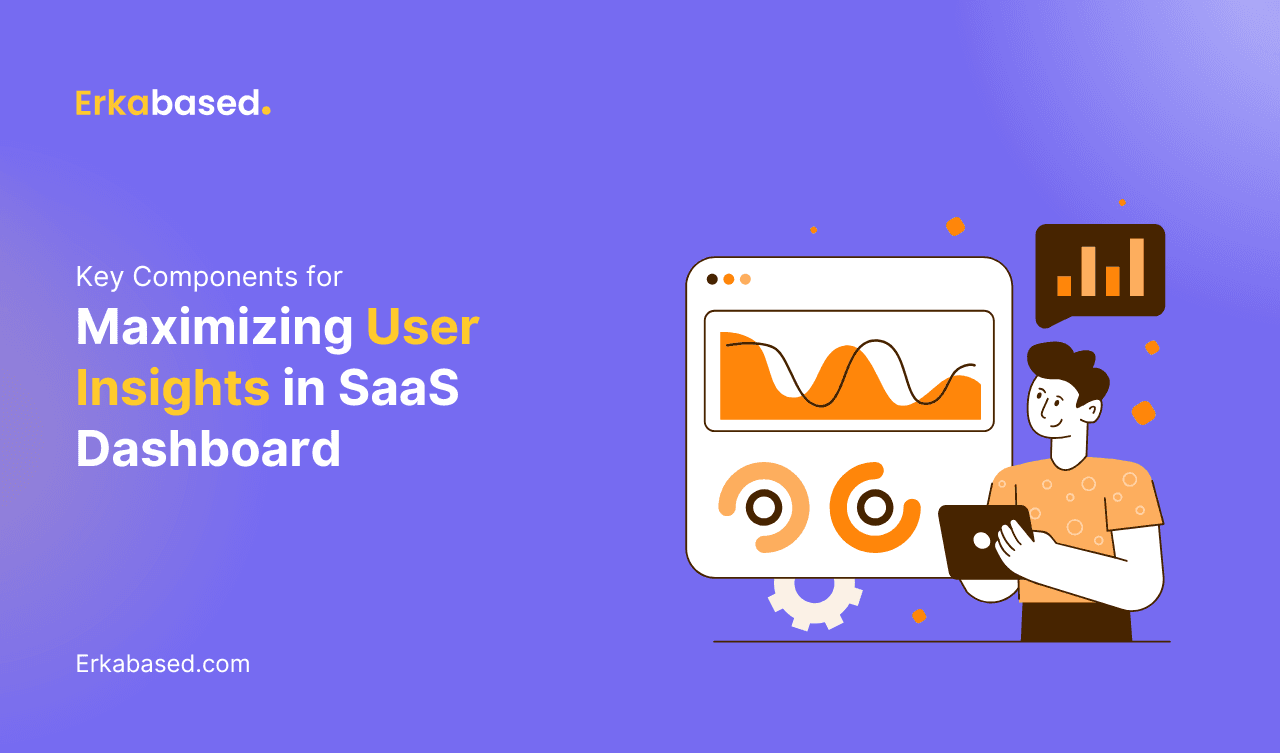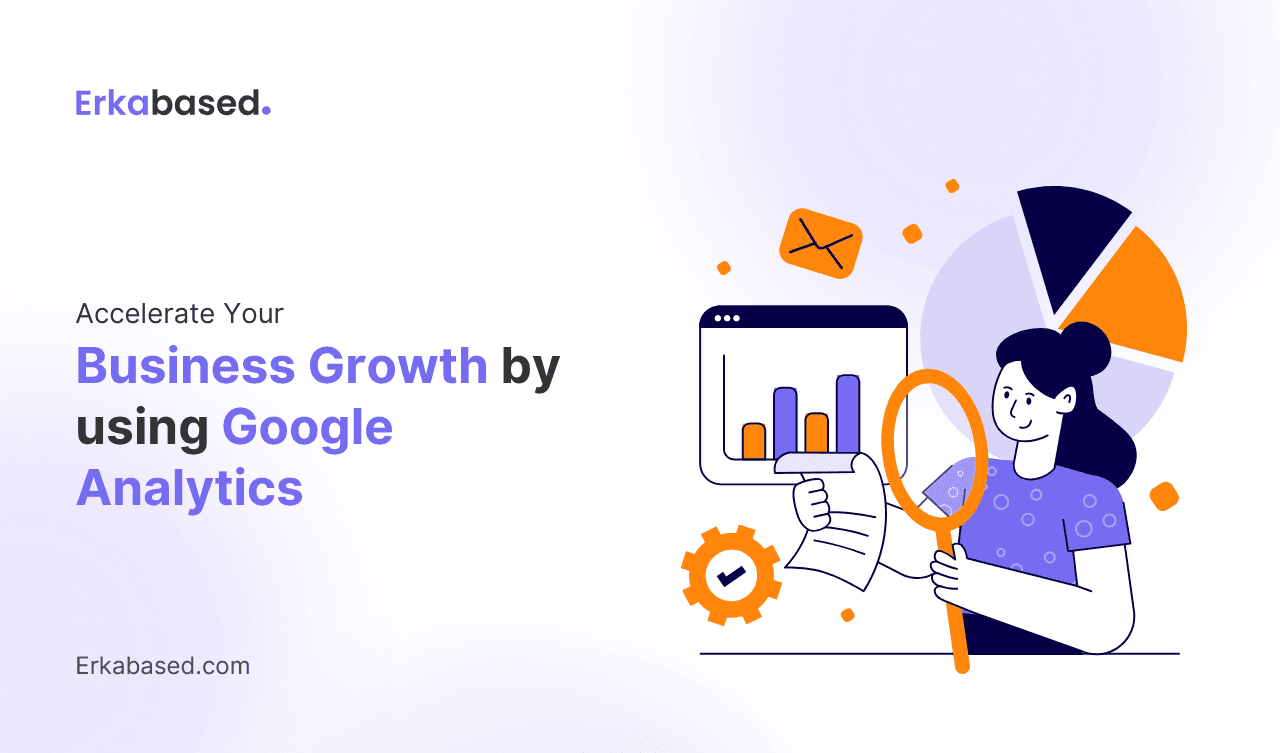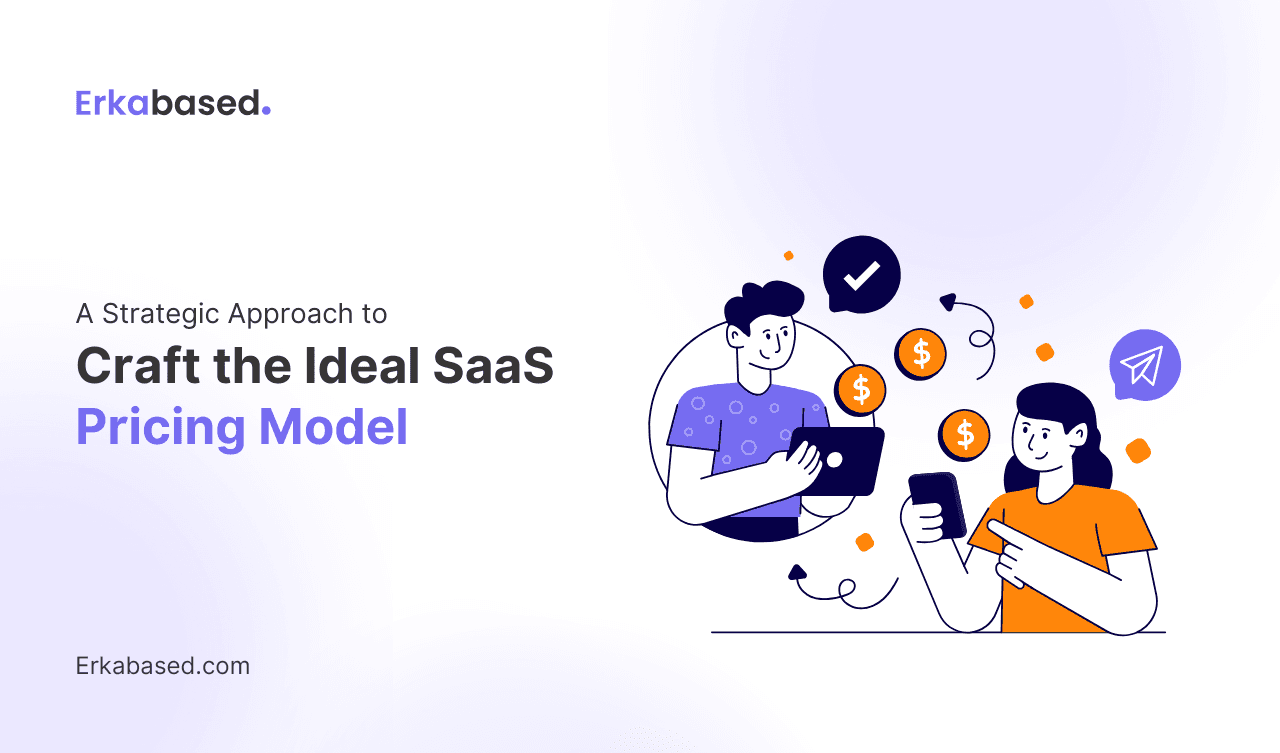Introduction
The rapid advancement of digital technology has revolutionized education, making learning more accessible and flexible than ever before. As schools, businesses, and organizations increasingly shift toward online education and training, two key terms often come up: Learning Management Systems (LMS) and E-Learning. While they are sometimes used interchangeably, these two concepts have distinct functions and purposes.
Understanding the differences between LMS and E-Learning is crucial for institutions, companies, and educators as they look to implement digital learning solutions that align with their goals. This article explores the distinctions, benefits, and use cases of both LMS and E-Learning to help you determine which approach best suits your needs.
What is E-Learning?
E-Learning, or electronic learning, refers to the process of delivering educational content through electronic means, primarily via the internet. This can take many forms, including online courses, webinars, video tutorials, interactive modules, and virtual classrooms. E-Learning is a broad term that encompasses all kinds of digital learning experiences, whether they are delivered in a formal educational setting or for corporate training purposes.
Key characteristics of E-Learning include:
- Accessibility: Learners can access content from anywhere with an internet connection, making education more flexible and convenient.
- Interactive content: E-Learning often incorporates multimedia elements, such as videos, quizzes, simulations, and interactive exercises, to enhance engagement.
- Self-paced learning: Many E-Learning platforms allow learners to progress at their own pace, making it easier to balance education with other responsibilities.
- Diverse formats: E-Learning can be delivered in various formats, from live webinars to pre-recorded courses and text-based resources.
E-Learning is an umbrella term that covers the entire spectrum of digital learning. It can be as simple as accessing a YouTube tutorial or as complex as completing a full online degree program.
What is an LMS?
A Learning Management System (LMS) is a software platform designed specifically for managing, delivering, and tracking online educational or training programs. An LMS acts as the backbone of a digital learning environment, providing the tools needed to create structured learning experiences, organize content, manage user access, and track learner progress.
Key features of an LMS include:
- Course management: An LMS allows instructors to create, organize, and deliver courses online. This can include uploading learning materials, setting up assignments, and scheduling live sessions.
- Learner tracking: One of the standout features of an LMS is its ability to track learners' progress, completion rates, and performance. Instructors can use this data to provide feedback, assess learner outcomes, and ensure that students or employees are meeting learning objectives.
- Assessment tools: Many LMS platforms include built-in tools for quizzes, exams, and assessments, helping instructors measure learner comprehension and engagement.
- Collaboration and communication: LMS platforms often include features like discussion boards, messaging systems, and group activities to facilitate collaboration and interaction among learners and instructors.
- Certification and reporting: LMS platforms can generate certificates of completion and detailed reports on learner performance, which are especially valuable in corporate training environments.
While E-Learning is about delivering content, an LMS is about managing the entire learning process—from content creation to assessment and reporting.
LMS vs. E-Learning: Key Differences
Although both LMS and E-Learning contribute to the digital learning landscape, they serve different purposes and address distinct needs. Let’s break down some of the key differences between the two:
Scope and Functionality
- E-Learning: E-Learning focuses on the actual content and delivery of learning experiences. It refers to any learning activity that takes place online, regardless of whether it is structured or unstructured. E-Learning can be as simple as consuming an online article or as interactive as participating in a virtual simulation.
- LMS: An LMS, on the other hand, is a platform for managing those learning experiences. It provides the infrastructure for creating, organizing, and tracking courses and training programs. While E-Learning focuses on the content itself, an LMS focuses on the overall management and administration of that content.
Structure and Organization
- E-Learning: E-Learning content can be highly flexible and unstructured. Learners often have the freedom to access materials on their own time and in their own way. For example, watching a video tutorial or completing a self-paced online course falls under E-Learning.
- LMS: In contrast, an LMS provides a more structured learning environment. Courses are typically organized into modules or lessons, and learners follow a defined pathway. An LMS allows instructors to control the pace of learning, set deadlines, and monitor student progress. It is ideal for formal education and training programs where structure and accountability are important.
Tracking and Analytics
- E-Learning: Basic E-Learning platforms may provide limited tracking features. While learners can complete courses and access materials, there may not be comprehensive data on their progress, performance, or engagement.
- LMS: An LMS excels in tracking and reporting. It offers detailed insights into learner performance, including completion rates, quiz scores, time spent on lessons, and more. This makes it easier for instructors and administrators to assess the effectiveness of their programs and make data-driven improvements.
Target Audience
- E-Learning: E-Learning can be used by anyone with internet access, making it suitable for self-learners, hobbyists, students, and professionals looking to acquire new skills. It is often designed for individuals seeking flexibility in how and when they learn.
- LMS: An LMS is typically used in more formal settings, such as educational institutions, corporations, and training organizations. It is ideal for organizations that need to manage large groups of learners, track progress, and ensure that training goals are met. An LMS is often used for employee onboarding, compliance training, and professional development.
When to Use E-Learning vs. LMS
The decision between using E-Learning or an LMS depends on the specific needs of your organization or educational program. Here are some scenarios to help guide your choice:
E-Learning: Flexibility and Accessibility
E-Learning is an excellent choice for situations where flexibility, accessibility, and self-paced learning are the priorities. It’s particularly useful when learners need to access content independently, without a rigid structure. Examples include:
- Self-directed learning: If your audience consists of learners who want to acquire new skills on their own schedule, E-Learning platforms are ideal. This could be professionals seeking career advancement or individuals pursuing personal interests.
- Standalone content: E-Learning works well for content that doesn’t require formal tracking or assessment, such as online tutorials, video courses, or informational webinars.
- Low-commitment learning: E-Learning is perfect for learners who may not want the commitment of a structured course but still want to engage with educational content on their terms.
LMS: Structured Learning and Accountability
An LMS is best suited for scenarios where structure, accountability, and progress tracking are essential. It’s the preferred option when you need to manage the learning process for groups of students or employees, ensuring that they follow a specific curriculum. Consider using an LMS when:
- Formal education or training is required: For educational institutions, corporations, or training providers offering structured courses, certifications, or compliance training, an LMS provides the tools needed to manage the learning process from start to finish.
- Tracking and assessment are important: If it’s critical to track learner progress, performance, and completion rates, an LMS offers the necessary reporting and analytics tools to monitor and assess outcomes.
- Collaboration is key: LMS platforms often include communication and collaboration tools like forums, group projects, and messaging features, making them ideal for fostering interaction among learners and instructors.
How LMS and E-Learning Can Work Together
In many cases, LMS and E-Learning are not mutually exclusive. In fact, they can complement each other to create a more comprehensive digital learning solution. For example, a company might use E-Learning to offer a library of self-paced courses that employees can access at their convenience. At the same time, they can leverage an LMS to manage formal training programs, track progress, and assess employee performance.
By combining the flexibility of E-Learning with the structured capabilities of an LMS, organizations can offer a more dynamic and adaptable learning environment that caters to various learning styles and needs.
The Future of LMS and E-Learning
As digital learning continues to evolve, both LMS platforms and E-Learning solutions are becoming more advanced, with new features that enhance user experience and improve learning outcomes. Some emerging trends include:
- AI-powered personalization: LMS platforms are increasingly using artificial intelligence to personalize learning experiences. By analyzing learner data, AI can recommend specific courses, content, or learning paths tailored to each individual’s needs.
- Microlearning: Microlearning, which involves delivering content in small, digestible chunks, is becoming more popular in both E-Learning and LMS platforms. This approach is particularly effective for busy professionals who need to fit learning into their schedules.
- Mobile learning: With the rise of mobile technology, both LMS and E-Learning platforms are optimizing for mobile devices, allowing learners to access content anytime, anywhere.
Conclusion
Ultimately, the choice between an LMS and E-Learning depends on your organization’s goals and the needs of your learners. If you’re looking for flexibility and self-paced learning, E-Learning may be the best fit. However, if you require a structured, trackable system for managing courses and learners, an LMS is the more suitable solution.
At Erkabased, we understand that finding the right digital learning solution is key to achieving your educational or training objectives. Our team is dedicated to delivering tailored web solutions, including LMS platforms, that align with your specific goals. Whether you’re looking to implement E-Learning content or integrate a full-featured LMS, we’re here to help you build a system that empowers your users and drives success. Let’s collaborate to design a solution that meets your unique needs.






